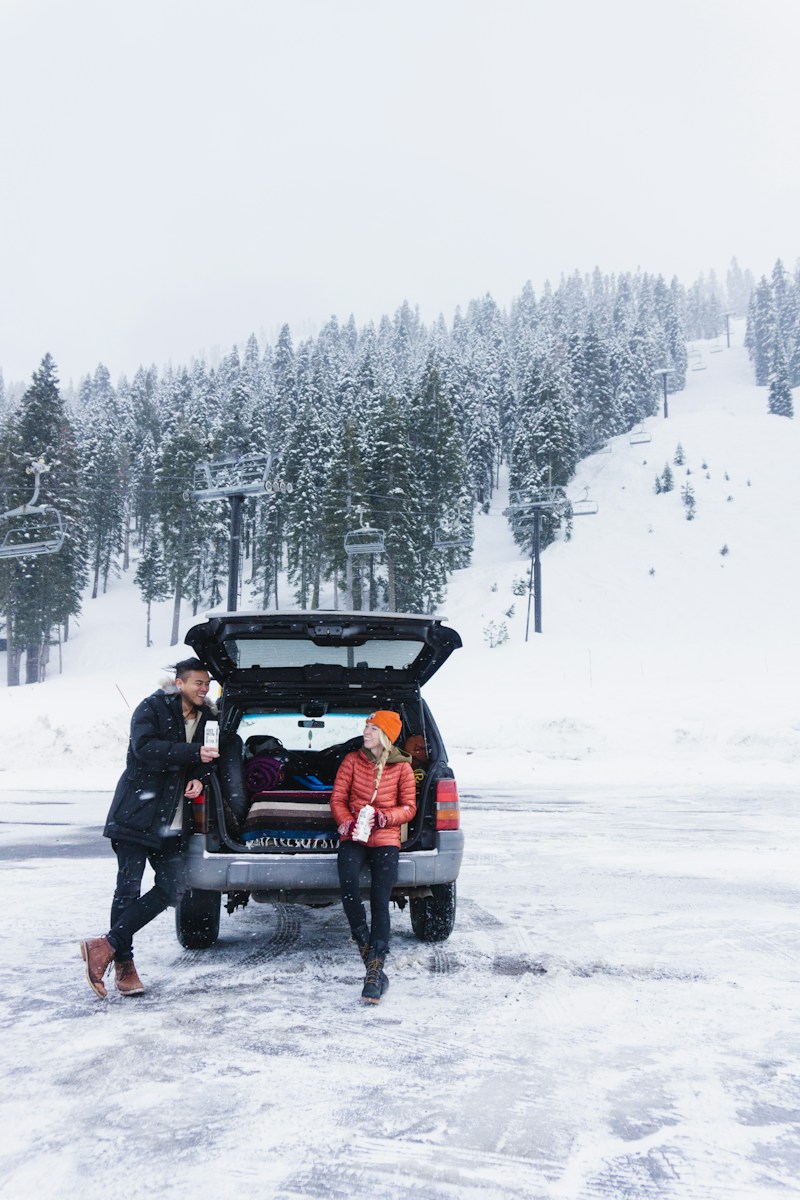5 Tips for Enjoying a Canadian Winter
Winter can be a magical time, filled with warm layers and hot cocoa next to a crackling fire.
It can also be frozen eyelashes and a perpetual slip hazard – it all depends on how well you can endure the hardest season of the year. When you think of winter, Canada often comes to mind – the snow, skiing, and well-below-zero temperatures can be intimidating.
The good news is that with the right winter gear and a mindset shift, Canadian winters can be the most beautiful months of the year. Below are five tips to help you overcome your fears and hesitation and dive head-first into the season of snow:
- Create A Cosy Indoor Space
Choose warm light, effective insulation, and the coziest blankets to surround yourself with.
Not all Canadian homes come with wood-burning fireplaces, so if your rental is one of the ones that doesn’t then don’t fear – there are other options.
Crank up the heating and create a relaxing space that will warm you right up after your adventures in the outdoors.
- Don’t Stop Moving
As tempting as it might be to forgo your exercise routine during the coldest months of the year, don’t let your wellness hibernate.
Your lungs won’t freeze if you go for a jog in the snow. The best way to exercise during a Canadian winter is to embrace it. Go skiing or buy a pair of ice skates and go skating on the ice at the nearest pond – just make sure that it is safe to do first by asking a local.
- Get The Right Gear
Winter clothing and gear are crucial to surviving a winter in Canada – never mind enjoying it!
Warm clothing and layers are the only way to go, but that doesn’t mean you need to spend thousands of dollars doing it. Be smart about how you spend your money if you’re on a tight budget and get the must-have basics for surviving winter:
- A thick pair of gloves
- Thermal leggings
- A warm jacket
- A custom toque
- Frostbite Symptoms
As beautiful as Canadian winters are, they are serious business.
In frigid winter temperatures, exposed skin can become frostbitten in under half a minute. It is essential to cover up well and as quickly as possible when venturing outside. Areas affected by frostbite will appear white and have a waxy texture.
If that happens, don’t rub the affected area – simply press something warm (but not hot) against your skin once you are back indoors.
- Supplement With Vitamins
Getting enough vitamin D is easier in the Southern Hemisphere during winter.
In Canada, UV levels are low during the cold season. That means you will likely want to consider supplementing with foods rich in vitamin D or start taking a daily vitamin D pill.
Take advantage of the daylight hours when you can get them – not only will that boost your sun exposure, but it will also help you get a good night’s sleep.
To End
Winters in Canada are not to be messed with, but if you take the appropriate measures, you will start skiing down those slopes before you know it!





